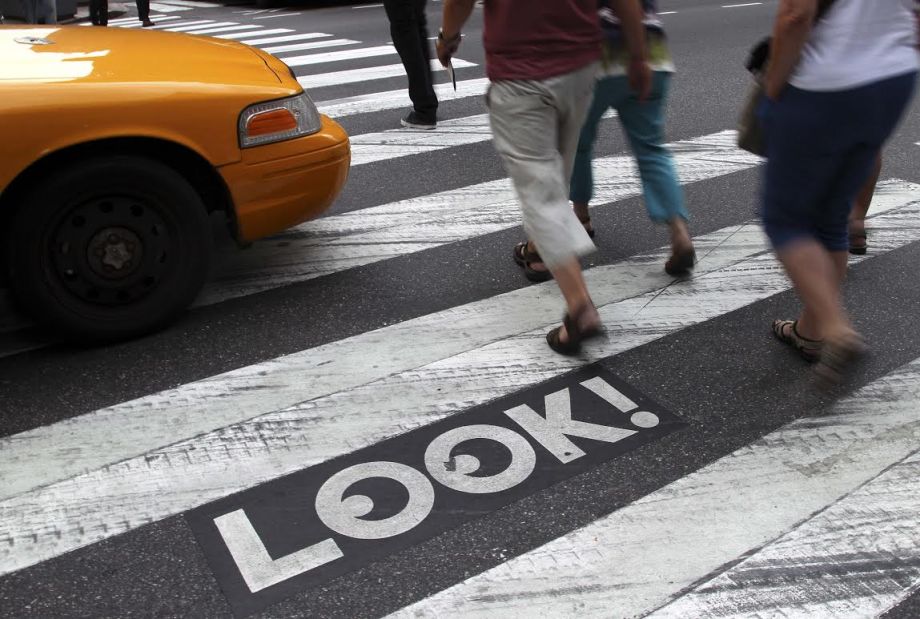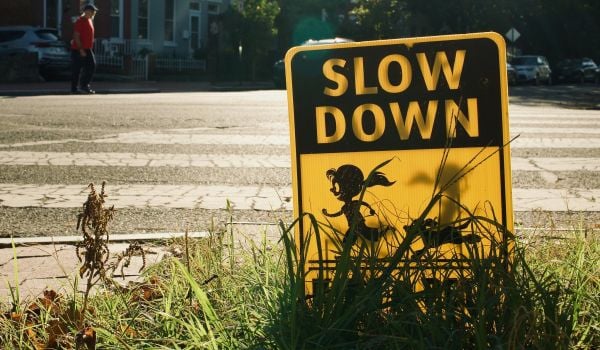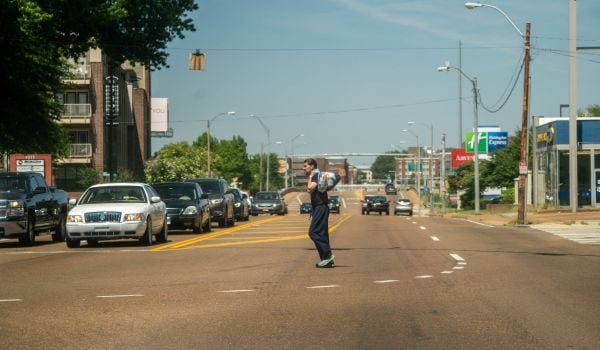People walking, people in wheelchairs, people with walkers, people who are children, people who have children, people on bicycles are all part of traffic, yet people are not included in many traffic studies.
Developers are often required to show data when presenting a proposal for a project to a town’s planning board. Planning boards, in their most basic of capacities, determine two things: use in regards to zoning and safety. How can planning boards properly determine the safety of developments if there’s no requirement to measure the safety for people not in cars?
People not in cars are the most important part of any development.
People are not in their cars when they spend money. People who don’t own cars have money to spend. People are the reason that buildings are built. Developments without people are viewed as not being successful.
Many cities have embraced complete streets. Smart Growth America describes the approach as streets designed and operated to enable safe access for all users, including pedestrians, bicyclists, motorists, and transit riders of all ages and abilities.
In this new era of complete streets, all traffic studies must include both pedestrian and bicycle data.
Our communities fund health programs that educate the public on the benefits of eating healthfully, walking and bicycling. The majority of counties and cities in the United States have no requirement for developers to take into account how their developments impact people who are using active forms of transportation to get around.
Traffic studies include a Level of Service (LOS). An LOS, according to the American Association of State Highway and Transportation Officials, measures how motorists move through traffic. Do motorists have free-flowing traffic? Is there some traffic, or is traffic stopped? The LOS is graded from “A” (“A” being best) to “F” (“F” being worst), and pedestrians and cyclists are rarely if ever mentioned in LOS reports.
Ask to see one of the traffic studies in your town, and you’ll be hard-pressed to find pedestrians or bicyclists and how they move through and around a proposed development in more than 10 percent of the LOS reports of traffic studies.
This is unacceptable.
If we want healthier and safer communities, we need to require developers to use the tools available to determine how their projects impact people. How their projects impact the health of people. Planning boards must demand developers show how their projects will add to the health and wellness of the communities they build in. The onus of the health of our communities cannot just be on individual people to avoid 2-ton hazards. The onus of the health of our communities cannot just be on minimally funded health departments.
Planning must be holistic. Planning and development must keep in mind that it creates the foundation of the environment that people move in. “Complete streets” needs complete cooperation among our health departments, planning boards and developers. If we want to create communities that are about, for and conducive to the health and wellness of people, then we need to build with the people in mind.
Lark Lo is a freelance journalist, spatial equity consultant, urbanist, and director of VELO Bloomfield, a complete streets, pedestrian, and bicycling advocacy organization based in Metropolitan New York.
















